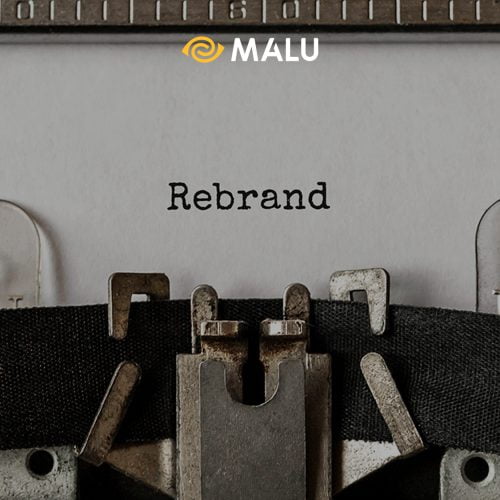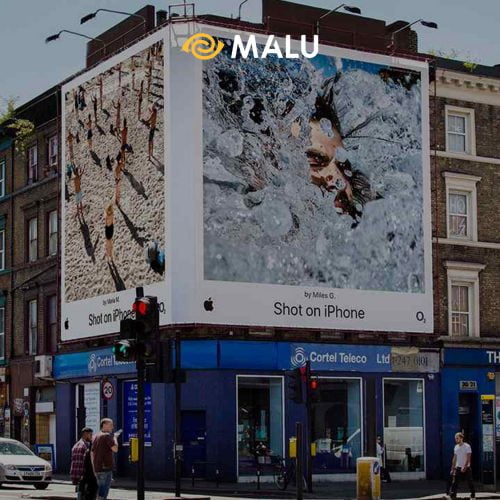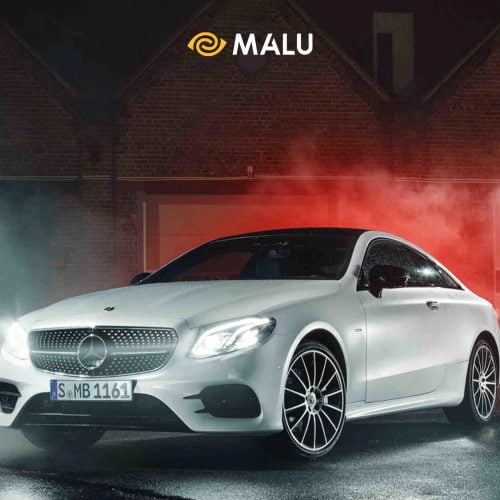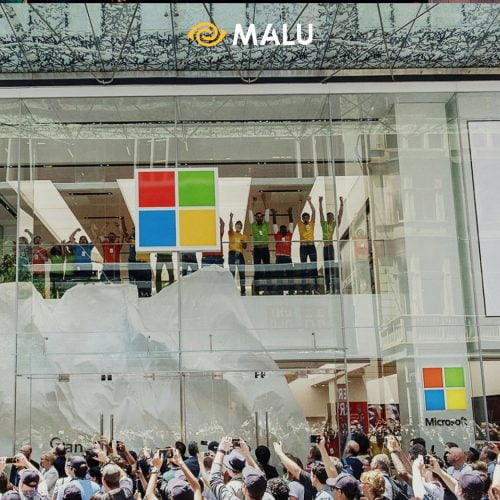Do you remember the movie “A Star is Born” that dominated Vietnamese cinema a year ago?
What surprised me in this movie, was Lady Gaga’s spectacular transformation. From a famous female singer, Gaga shows herself as a bright star in the movie industry, capable of going deep in her acting career.
Lady Gaga’s case made me imagine how global brands are expanding their business with Brand Extensions . This can be considered as the fastest way to capture market share and raise brand value.
So what is Brand Extension ? Advantages and disadvantages of brand extension strategy ? We will delve deeply into this marketing concept through case studies from famous brands in the world.
Related articles:
- Brand Identity – Building a Brand Identity System
- What is Employer Branding? Recruiting Brand Development
- Brand Health: Measuring Brand Health
- What is CSR? Corporate Social Responsibility
- Core Values: What Are Your Core Values?
- Product Life Cycle – Product Life Cycle Concepts In Marketing
- What is Brand Perception? 4 Steps to Measure Brand Awareness
Mục lục bài viết
Toggle1. What is Brand Extension?
Brand Extension (also known as Brand Marketing ) is a strategy where businesses use an existing brand name to apply it to a completely new product. New products may or may not be directly related to existing brands.
For example:
Nike is a company whose main product is shoes. Currently, Nike uses its brand to promote and sell many other sports goods, including football, basketball, sportswear, golf equipment, etc.
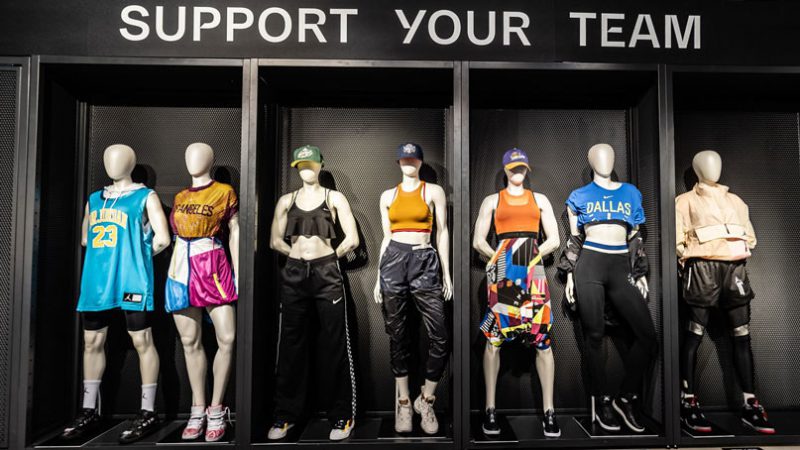
Brands that are applied to existing products are called parent brands . This strategy is used with new products, with a target customer group that has similar characteristics to the parent brand.
Once a customer has accepted and got used to the parent brand, it is easier for them to get to know and accept the new brand (which shares an identity with the parent brand).
2. Brand Extension Classification
To understand more about Brand Extension, let’s take a look at a few basic brand extension strategies:
Brand extension for relevant product line
Businesses can use the parent brand for related products. In Marketing, this strategy is called relevant product line extension .
For example, Vinamilk uses the parent brand name for its dairy products. We can see unsweetened dairy products, pasteurized milk products, walnut milk products, etc.
Unilever uses the common Lipton brand for many different product lines, such as Lipton lemon tea, Lipton green tea, Lipton milk tea, etc.
Brand extension for new product line
When businesses launch a brand new product, they can completely use the existing brand for the above product.
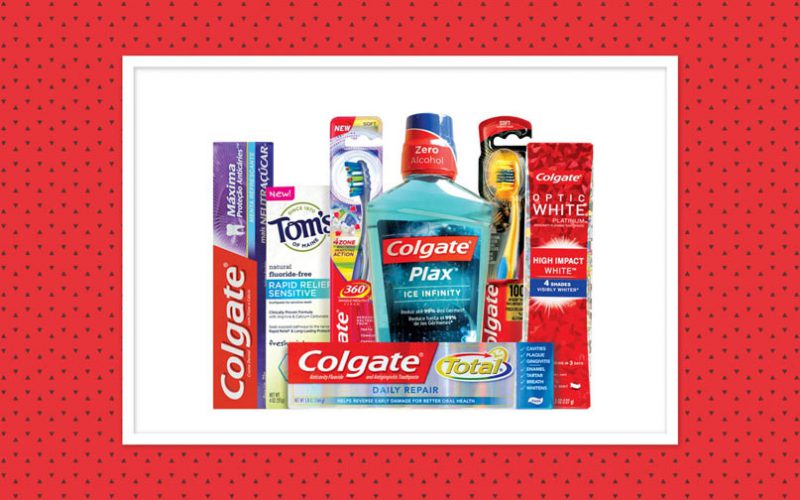
Example: When launching a mouthwash product , Colgate used its key brand (which was used for toothpaste, brushes, …) to apply to a new product line: Colgate mouthwash. Plax.
Based on the existing customer group, expand new products
Based on existing customer groups, businesses expand new product lines based on a common brand.
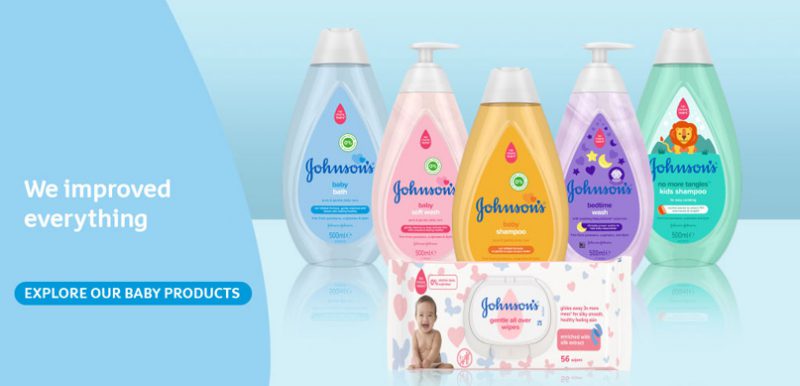
For example, Johnson and Johnson’s uses Johnson’s brand name for all product lines aimed at infant customers, such as shower gel, baby powder, soap, etc.
Based on business area
Businesses can use the same brand for all the business areas they are providing.
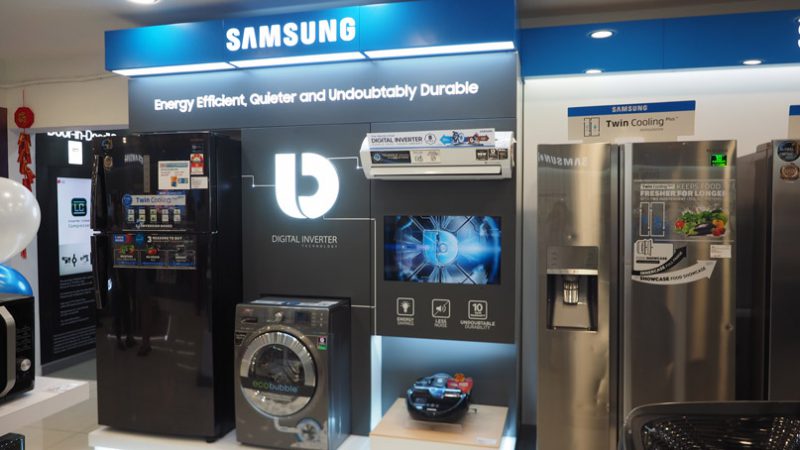
For example, Samsung uses the parent brand for all business areas where they have a presence, such as phones, home appliances (TVs, washing machines, etc.), real estate, chemicals, etc.
New trend for businesses to follow House of Brands
In the past, multinational enterprises, especially the big FMCG players, often chose to use multiple brands to specialize in a product segment they provided. As with Unilever, Dove specializes in shower gel, Sunsilk is about hair care products, OMO is about washing powder, etc.
Today, Unilever tends to let its product lines develop more freely. As the Dove brand can be used for shampoo, conditioner, and facial cleanser products. As long as these products are aimed at a common target customer group, the proper use of the parent brand can bring good results to the business.
>>> What is Brand Architecture? 6 Steps to Building Brand Structure
3. Advantages and disadvantages of brand expansion strategy
Advantages of Brand Extension
- Brand Extension makes it easier for the brand to be accepted by customers, the risk of lack of recognition from the public will be significantly reduced.
- This strategy helps businesses expand Brand Awareness and increase the presence of the parent brand in the market.
- With a valuable brand, using Brand Extension helps new products get a big source of sales right in the initial stage.
- Costs for advertising, sales and Marketing will be reduced, if the new product uses an existing well-known brand.
- The brand’s market share is expanded, when new customers can access and consume newly launched product lines.
- This is a brand strategy to compete with major competitors in the market.
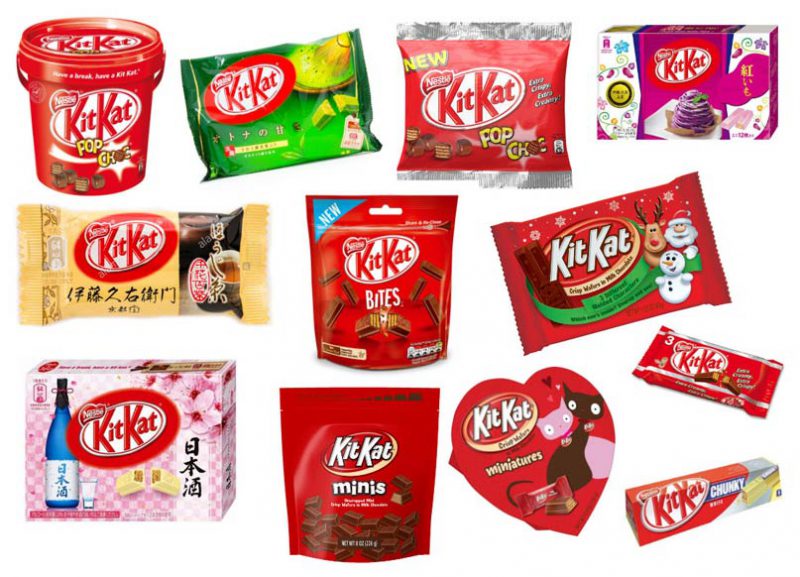
Defect
- Using a common brand name for too many unrelated products can make it difficult for customers to identify the brand in depth. For example: When it comes to La Vie, people immediately know it’s a pure water product; But when it comes to Samsung, they can think of many types of products, such as TVs, phones, washing machines, etc.
- If the child product has a problem, the risk of the parent brand being ruined is very high. This is unlikely to happen if there is a separation between the parent brand and the sub-brands according to the House of Brands model.
- It is difficult for a big brand to meet the widespread needs of a wide range of customers. Without skillful handling, the rate of new products leaving the shelves is very high.
4. 5 good examples of Brand Extensions from big brands
To help you visualize your brand extension strategy, Malu gives you good examples of the success and failure of businesses when applying Brand Extension:
Success
Colgate toothbrush
This is a prime example of a successful brand extension strategy. What Colgate does here is capture exactly the needs of the target customer: If you have toothpaste, of course you need a brush. With inherent prestige, customers do not hesitate to choose Colgate toothbrush to clean their teeth.

In addition, the success of Colgate also comes from: The business cleverly includes a brush in its toothpaste product. Partly to let customers know about new products, partly to “educate” them to gradually switch to using the Colgate brand, instead of other products.
Clear Men
While not emphasizing the target audience, people often assume that Clear products are only for women. But the brand revolution with products for men (Clear Men) has changed that thinking. Unilever must have understood the personal care needs of men, and the lack of such products in the market.
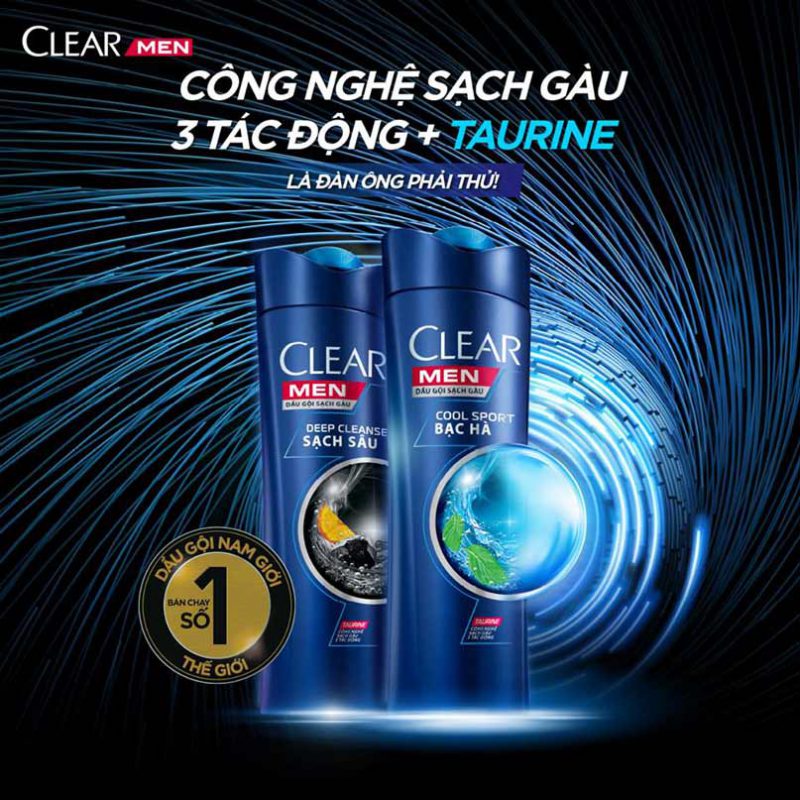
Failure
Colgate food
Hard to believe that Colgate supplies food products. The position as the world’s leading dental care provider has been imprinted in the minds of customers. Does anyone want to “consume” a brand that is famous for its toothpaste products in their daily meals?
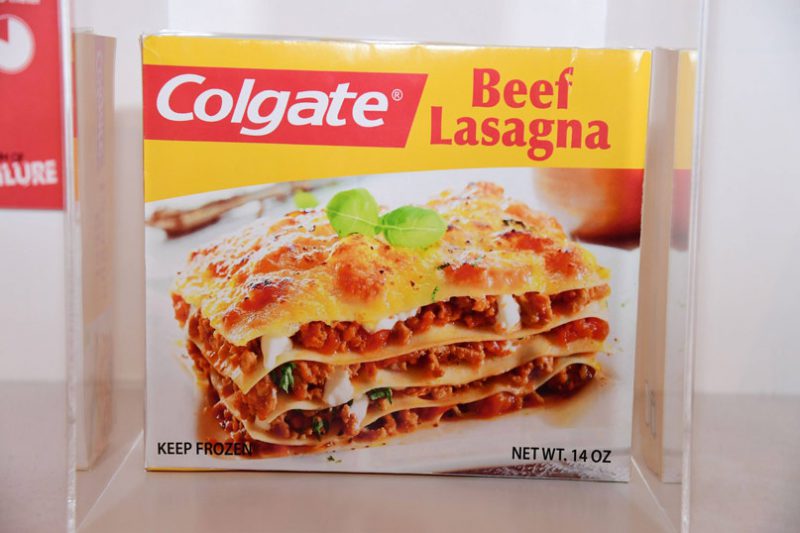
Adidas perfume
Referring to Adidas, the public immediately thinks of shoes and sports fashion products. Adidas perfume? One can hardly imagine how the scent of this product will be.
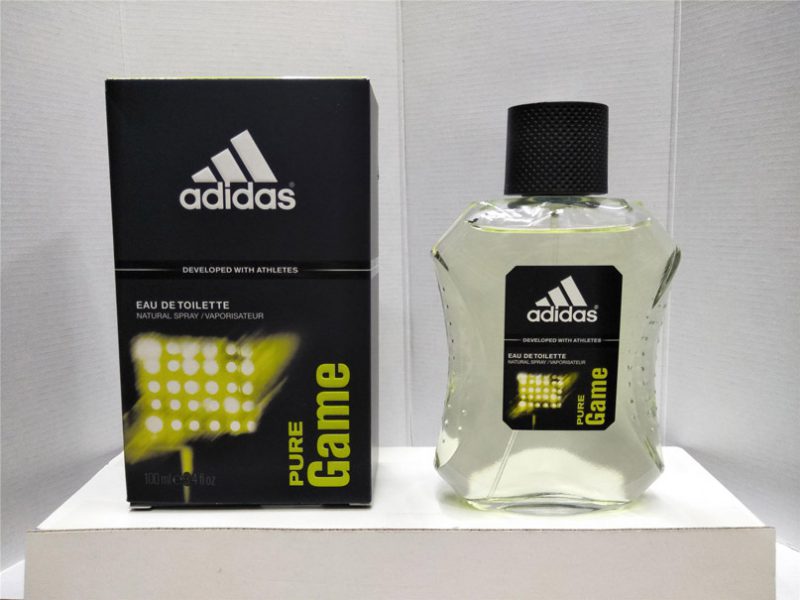
Starbucks energy drink
The success at Starbucks mainly lies in the coffee taste and unique enjoyment space.
In essence, Starbucks and energy drinks are inherently unrelated. Moreover, the business also decided to distribute its energy drink products in canned form. Starbucks has put itself in a difficult position: Removing the strength that it has built for many years, boldly entering a completely new market.
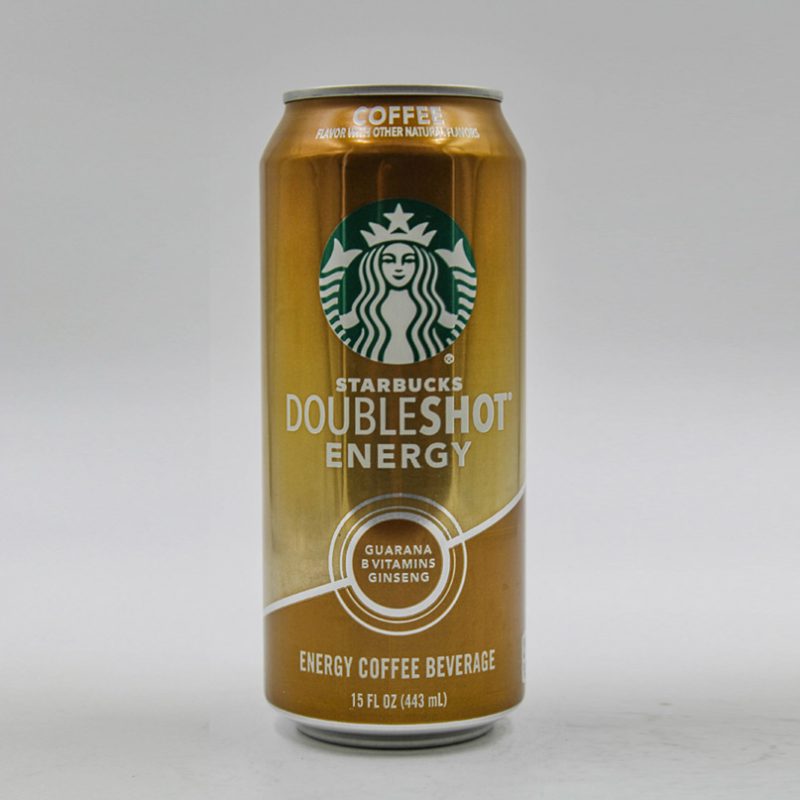
Conclude
Brand Extension is a reasonable strategy for businesses to expand brand coverage. However, as a double-edged sword, companies need to consider carefully before deciding to apply this strategy to brand development. Cases where Brand Extension can be applied include:
- The new product is similar to the existing brand.
- The target audience of new products and existing brands is relatively similar.
- The parent brand has built a place in the hearts of customers.
Situations to avoid:
- Abuse of parent brand in launching new products.
- New product and parent brand have a big difference (even incompatible).
- When sub-brands have built a big foothold in the hearts of customers.
- The target customers of the new product, and the core values of the parent brand, are not the same.
Hope Malu’s recent sharing has helped you better visualize Brand Extension. Wish your brand successful and sustainable development.


